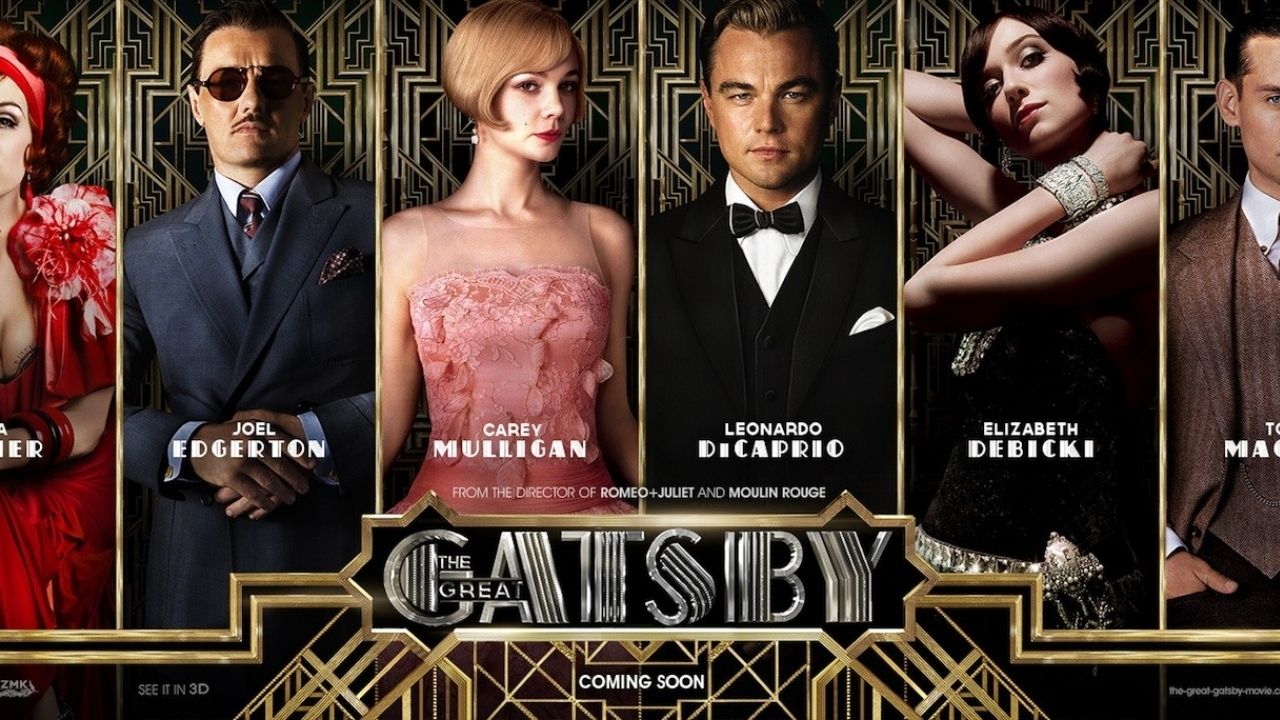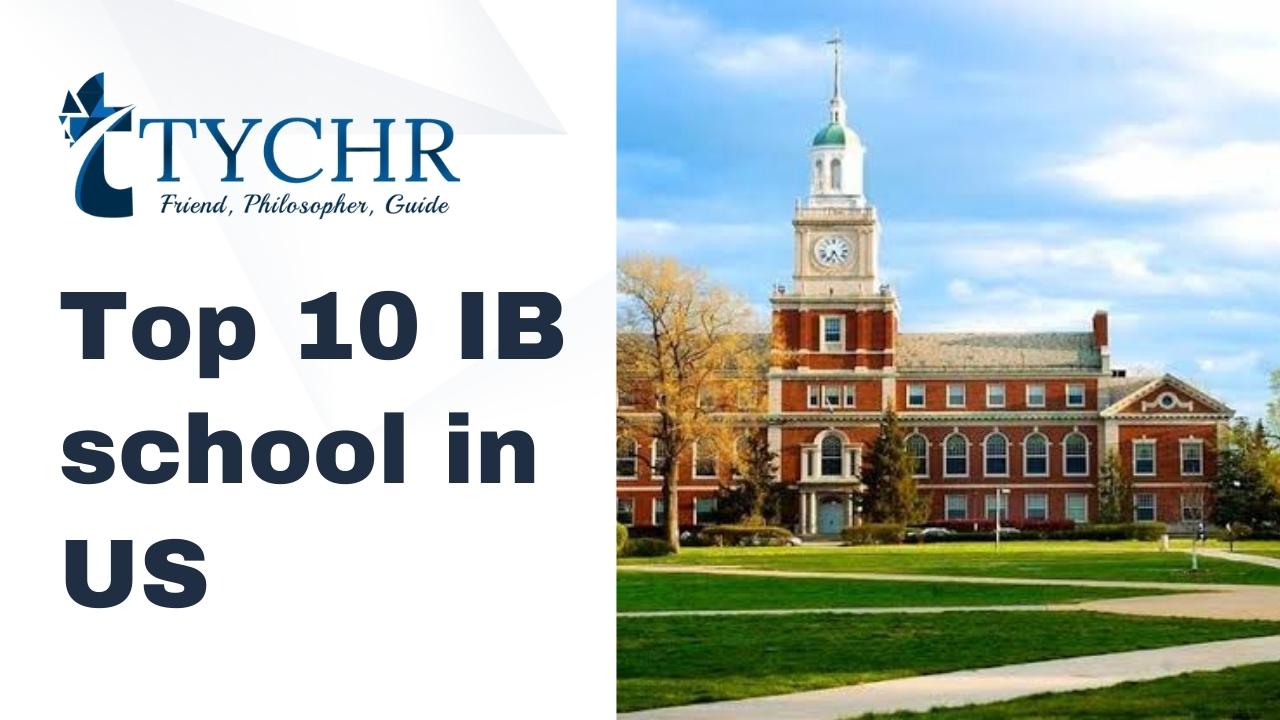Table of Contents [hide]
- 1 Introduction to The Great Gatsby
- 2 Summary of the Novel
- 3 Production and Release of the Movie
- 4 Cast and Characters
- 5 Similarities between the Novel and Movie
- 6 Differences between the Novel and Movie
- 7 Reactions from Critics and Audience
- 8 Impact of the Movie on Pop Culture
- 9 Conclusion: Did Hollywood do Justice to the Classic Novel?
Introduction to The Great Gatsby
Lights, camera, Gatsby! Step back into the glitz and glamour of the roaring twenties as we embark on a journey to explore one of literature’s most beloved masterpieces: The Great Gatsby. F. Scott Fitzgerald’s iconic novel has captivated readers for generations with its gripping tale of love, ambition, and the pursuit of the American Dream. And now, Hollywood has stepped onto center stage to bring this timeless story to life in a dazzling cinematic adaptation. So grab your popcorn and prepare to be transported to a world where opulence reigns supreme and secrets lurk beneath every extravagant facade. In this blog post, we’ll dive deep into both the novel and its silver screen counterpart, comparing their strengths, differences, and impact on pop culture. Let’s raise our glasses high and toast to The Great Gatsby movie – an epic spectacle that aims to capture the essence of an era like no other!
Summary of the Novel
The Great Gatsby, a timeless classic written by F. Scott Fitzgerald, takes us back to the glamorous and decadent world of 1920s America. Set in Long Island, New York, the novel follows the story of Jay Gatsby, a mysterious millionaire who throws lavish parties in his quest to win back his lost love, Daisy Buchanan.
As we delve into the depths of this literary masterpiece, we are introduced to Nick Carraway, our narrator and guide through this tale of love, ambition, and tragedy. Through Nick’s eyes, we witness the opulence and superficiality of high society as well as its dark underbelly.
The novel explores themes such as the pursuit of wealth and status at any cost, the destructive power of obsession and unattainable dreams. It captures the essence of an era marked by excesses where appearances can be deceiving.
Fitzgerald’s prose is poetic yet concise; he paints vivid images with his words that transport us into a world filled with glamour but also tarnished by corruption and moral decay. The characters are flawed yet captivating; their desires drive them towards their inevitable fates.
In this sumptuous tale filled with symbolism and social commentary on class divisions in America during that time period, Fitzgerald leaves no stone unturned in exposing both the allure and emptiness that lies beneath the glitz and glamour.
Stay tuned for more insights into how Hollywood brought this literary treasure to life on the big screen!
Production and Release of the Movie
The production and release of The Great Gatsby movie was highly anticipated by fans of the classic novel. Directed by Baz Luhrmann, known for his visually stunning films, it promised to deliver a dazzling adaptation that would transport viewers back to the glamorous world of 1920s New York.
The movie went through a lengthy production process, with meticulous attention to detail paid to recreate the opulent sets and costumes that were essential in capturing the essence of F. Scott Fitzgerald’s Jazz Age tale. From lavish parties at Gatsby’s mansion to the wealthy elite socializing at speakeasies, no expense was spared in bringing this extravagant era to life on screen.
When it finally hit theaters, The Great Gatsby garnered mixed reviews from critics. While some praised its lavish visuals and Leonardo DiCaprio’s captivating performance as Jay Gatsby, others felt that Luhrmann’s flashy style overshadowed the depth and nuance of the novel.
Despite these criticisms, audiences flocked to see this modern take on Fitzgerald’s masterpiece. The film became a box office success, attracting both fans of the book and those drawn in by its star-studded cast including Carey Mulligan as Daisy Buchanan and Tobey Maguire as Nick Carraway.
The release of The Great Gatsby also sparked discussions about its relevance in today’s society. With themes of wealth inequality, obsession with materialism, and hollow pursuit of dreams, many saw parallels between the excesses depicted in the film and our own contemporary culture.
While opinions may differ on whether Hollywood did justice to this literary classic or not; there is no denying that The Great Gatsby movie brought renewed interest in Fitzgerald’s work while introducing new generations to his timeless story.
Cast and Characters
The Great Gatsby movie boasts an impressive cast that brings the iconic characters of F. Scott Fitzgerald’s novel to life on the big screen. Leonardo DiCaprio stars as Jay Gatsby, perfectly capturing his enigmatic charm and mysterious allure. DiCaprio’s performance is captivating, showcasing the complexities of Gatsby’s character with finesse.
Tobey Maguire takes on the role of Nick Carraway, our narrator and guide into the world of wealth and excess in 1920s New York. Maguire brings a sense of innocence and naivety to Nick, making him a relatable and sympathetic character.
Carey Mulligan shines as Daisy Buchanan, Gatsby’s love interest who is torn between her own desires and societal expectations. Mulligan captures Daisy’s beauty and fragility while also portraying her inner conflict impeccably.
Joel Edgerton delivers a strong performance as Tom Buchanan, Daisy’s husband who represents the old money elite. Edgerton portrays Tom’s arrogance and entitlement convincingly, creating a compelling antagonist for Gatsby.
The supporting cast is equally stellar, with standout performances from Isla Fisher as Myrtle Wilson, Jason Clarke as George Wilson, Elizabeth Debicki as Jordan Baker, and Amitabh Bachchan as Meyer Wolfsheim.
The cast of The Great Gatsby movie does justice to Fitzgerald’s complex characters by bringing them to life with depth and authenticity onscreen. Each actor embodies their respective roles flawlessly, immersing viewers into this glamorous yet tragic tale without missing a beat
Similarities between the Novel and Movie
Both F. Scott Fitzgerald’s novel, The Great Gatsby, and its Hollywood adaptation share several similarities that make them truly captivating works of art.
Both the novel and the movie revolve around Jay Gatsby, a mysterious millionaire who throws extravagant parties in his opulent mansion. This central character remains consistent in both versions, with Leonardo DiCaprio delivering a stellar performance as Gatsby on the big screen.
Furthermore, the setting of 1920s America is beautifully portrayed in both mediums. From the glitz and glamour of New York City to the sprawling green lawns of Long Island’s wealthy elite, director Baz Luhrmann successfully captures the essence of this era.
Additionally, themes such as love, longing for unattainable dreams, and societal expectations are explored deeply in both adaptations. Whether it is through Fitzgerald’s lyrical prose or Luhrmann’s visually stunning cinematography, these universal themes resonate with audiences across generations.
Moreover, significant events from the novel are faithfully recreated on screen. From Nick Carraway narrating his encounters with Gatsby to Tom Buchanan’s affair with Myrtle Wilson – all iconic moments from Fitzgerald’s work find their rightful place within Luhrmann’s film.
Lastly but certainly not least importantly; The soundtrack captures Jazz Age perfectly by featuring modern artists like Beyoncé Knowles-Carter , Lana Del Rey , Florence + The Machine along side jazz legends like Louis Armstrong .
Differences between the Novel and Movie
When it comes to comparing the novel and movie adaptations of The Great Gatsby, there are certainly some notable differences that fans of the book may pick up on. One major difference is the way in which certain scenes and events are portrayed.
In the novel, F. Scott Fitzgerald’s writing style allows readers to delve deep into the thoughts and emotions of the characters. We get a glimpse into their inner worlds and experience their highs and lows alongside them. However, in the movie adaptation, much of this internal dialogue is lost.
Another significant difference lies in how certain characters are depicted. In the novel, Jay Gatsby is described as a mysterious and enigmatic figure with an air of grandeur surrounding him. However, in the movie adaptation, Leonardo DiCaprio’s portrayal gives Gatsby a more vulnerable side that adds depth to his character.
The timeline of events also differs slightly between the novel and movie adaptation. Certain scenes are rearranged or condensed for cinematic purposes, which can alter our understanding of character motivations or plot developments.
Additionally, some minor characters who play important roles in driving the story forward receive less screen time than they do on paper. This can result in a shift in focus from these supporting characters onto others who have been given more prominence in Hollywood’s version.
While there are undeniable differences between Fitzgerald’s literary masterpiece and its silver screen counterpart, it’s important to remember that each medium has its own strengths and limitations when it comes to storytelling. Both versions offer unique interpretations that can be appreciated for their individual merits without detracting from one another’s value
Reactions from Critics and Audience
The release of The Great Gatsby movie sparked a flurry of reactions from both critics and the audience. Some hailed it as a visually stunning adaptation that captured the essence of F. Scott Fitzgerald’s timeless novel, while others were left disappointed by its departure from the original source material.
Critics praised director Baz Luhrmann for his bold and lavish portrayal of 1920s New York City, with its extravagant parties and opulent lifestyles. They commended Leonardo DiCaprio’s mesmerizing performance as Jay Gatsby, capturing his enigmatic charm and inner turmoil with finesse. Carey Mulligan also received accolades for her portrayal of Daisy Buchanan, bringing depth to an often elusive character.
However, not everyone was convinced by Luhrmann’s stylistic choices. Some felt that the excessive use of modern music detracted from the authentic period setting, while others criticized the film for prioritizing style over substance.
Audience reactions were similarly divided. Many viewers were swept away by the film’s grandeur and emotional resonance, immersing themselves in Gatsby’s world of love and ambition. Others found it difficult to connect with the characters or became frustrated with certain deviations from the novel’s plot.
Whether you loved or loathed The Great Gatsby movie depended on your expectations going into it. It was a divisive adaptation that ignited passionate discussions among fans of both Fitzgerald’s work and cinematic storytelling alike
Impact of the Movie on Pop Culture
The Great Gatsby movie, with its glitz and glamour, had a significant impact on pop culture. The film’s release brought the roaring 1920s back into the forefront of popular consciousness. It ignited a renewed interest in the jazz age, flapper fashion, and extravagant parties.
One of the most noticeable impacts was on fashion trends. The movie showcased stunning costumes that captured the essence of the era – beaded gowns, feather headpieces, and sharp suits. These styles quickly made their way onto red carpets and fashion runways around the world.
In addition to influencing fashion choices, The Great Gatsby also influenced music. The movie’s soundtrack featured contemporary artists reimagining classic jazz tunes. This fusion of old and new helped introduce a younger generation to this iconic genre.
The film also sparked discussions about wealth inequality and materialism in society – themes that are still relevant today. Viewers were captivated by Jay Gatsby’s pursuit of wealth and his lavish parties as a means to win back lost love. This exploration of social status resonated with audiences who questioned their own desires for success at any cost.
Moreover, The Great Gatsby movie served as an inspiration for other forms of media such as art installations, themed events, and even video games. Its influence extended beyond just cinema screens; it became an immersive experience that transported people into the opulent world depicted in F. Scott Fitzgerald’s novel.
Hollywood’s adaptation of The Great Gatsby left an indelible mark on pop culture. It revived interest in a bygone era while raising important questions about societal values that continue to resonate today.
Conclusion: Did Hollywood do Justice to the Classic Novel?
After analyzing the various aspects of both The Great Gatsby novel and its movie adaptation, it is clear that Hollywood did a commendable job in bringing this literary masterpiece to life on the silver screen. While there were some differences between the two, as is often expected when translating literature into film, overall, the essence and themes of F. Scott Fitzgerald’s classic work were well-preserved.
The casting choices for the movie were particularly impressive. Leonardo DiCaprio’s portrayal of Jay Gatsby was captivating and brought depth to a complex character. Carey Mulligan perfectly captured Daisy Buchanan’s beauty and vulnerability, while Tobey Maguire sensitively portrayed Nick Carraway as our guide through this glamorous yet flawed world.
The similarities between the novel and movie are evident throughout their respective narratives. The opulence of the 1920s Jazz Age is vividly depicted in both mediums, highlighting themes of wealth, love, ambition, and disillusionment. The iconic scenes from Gatsby’s lavish parties come alive on screen with dazzling visuals that transport viewers back in time.
However, there were also some differences between the novel and movie that may have disappointed purists or avid fans of Fitzgerald’s work. Certain subplots or characters had to be condensed or omitted entirely due to time constraints inherent in filmmaking. Additionally, some critics argue that certain subtleties from the book may not have translated fully onto celluloid.
Nevertheless, despite these minor deviations from its source material, The Great Gatsby film managed to capture much of what made Fitzgerald’s novel so beloved by readers worldwide for nearly a century. It took risks while staying true to the core story at hand—a tale about dreams pursued relentlessly but ultimately shattered by reality.
The impact of The Great Gatsby movie on popular culture cannot be understated either. Its release propelled renewed interest in both Fitzgerald’s writing style and his exploration of American society during the Roaring Twenties. The movie’s visual splendor, combined with its timeless themes, solidified its place in cinematic history and ensured that it will continue to spark discussions and debates for years to come.
In conclusion, while there may be some differences between the novel and movie adaptations of The Great Gatsby, Hollywood did justice to this classic work by preserving its essence and bringing it to a wider audience. The film’s stunning visuals, stellar performances, and faithful treatment of the source material make it a must-watch for fans of both literature and cinema.











